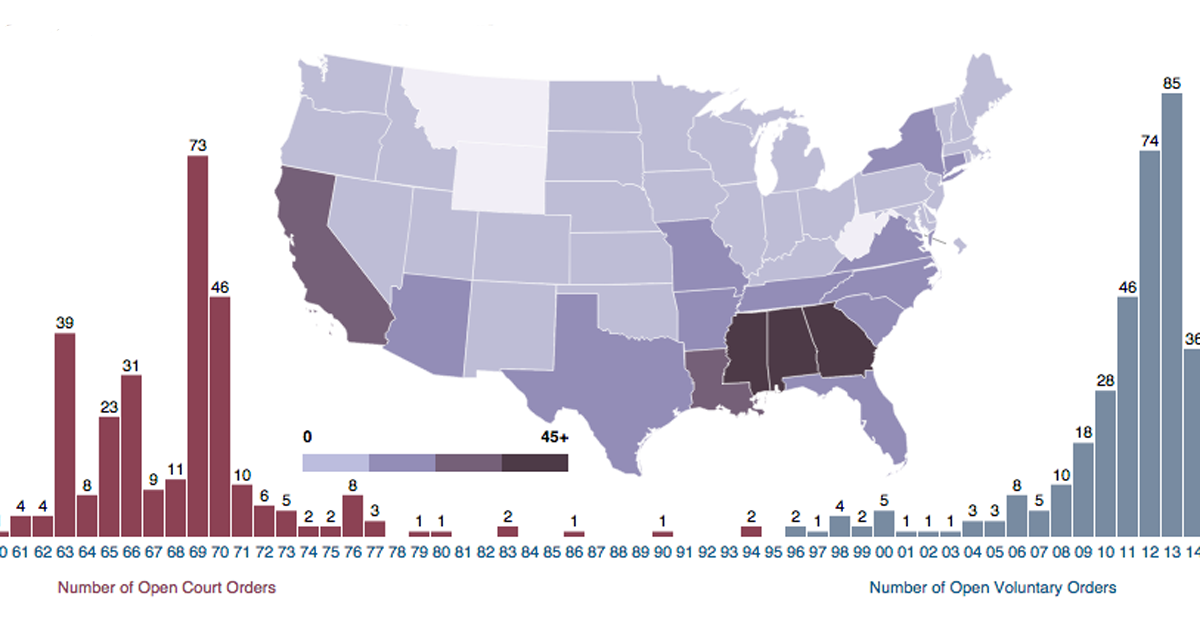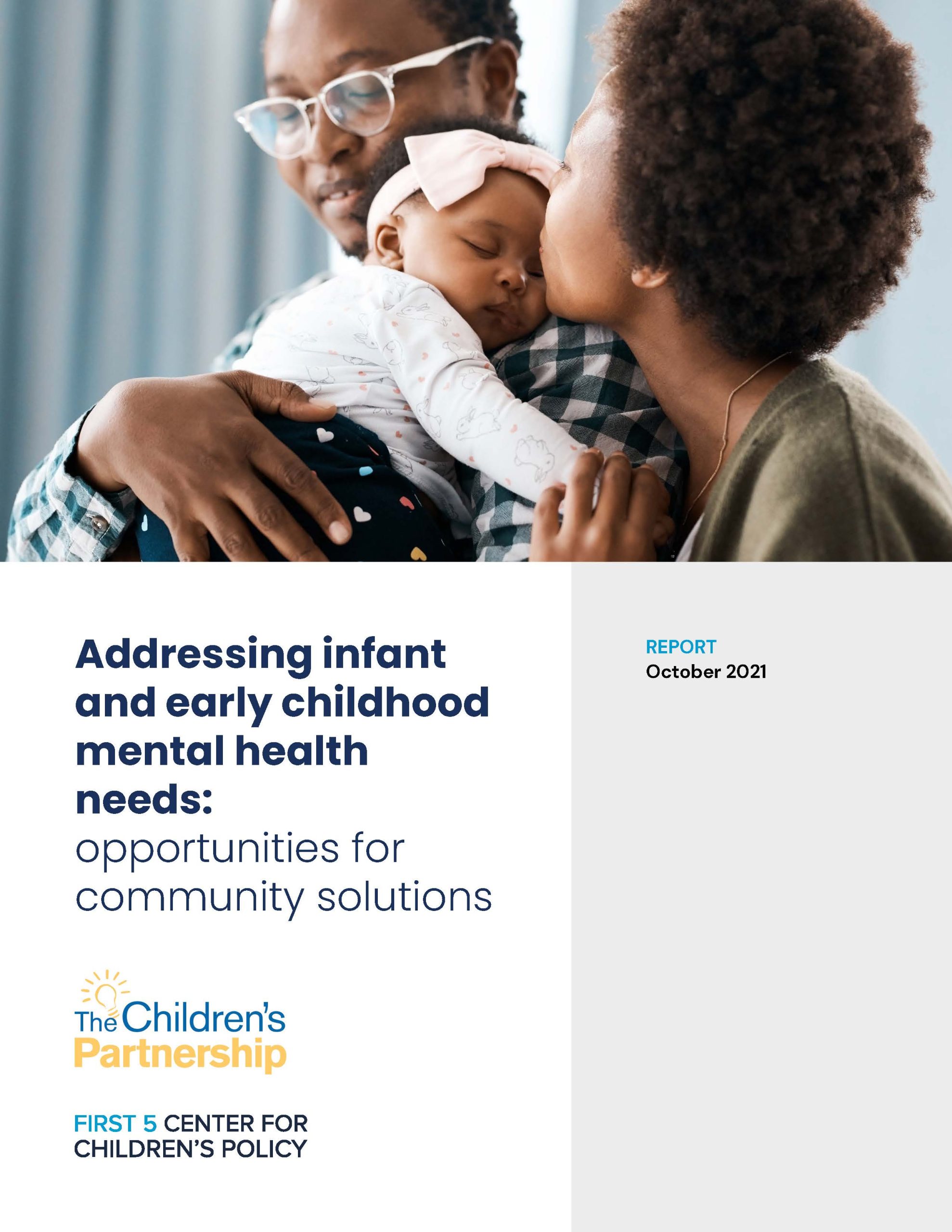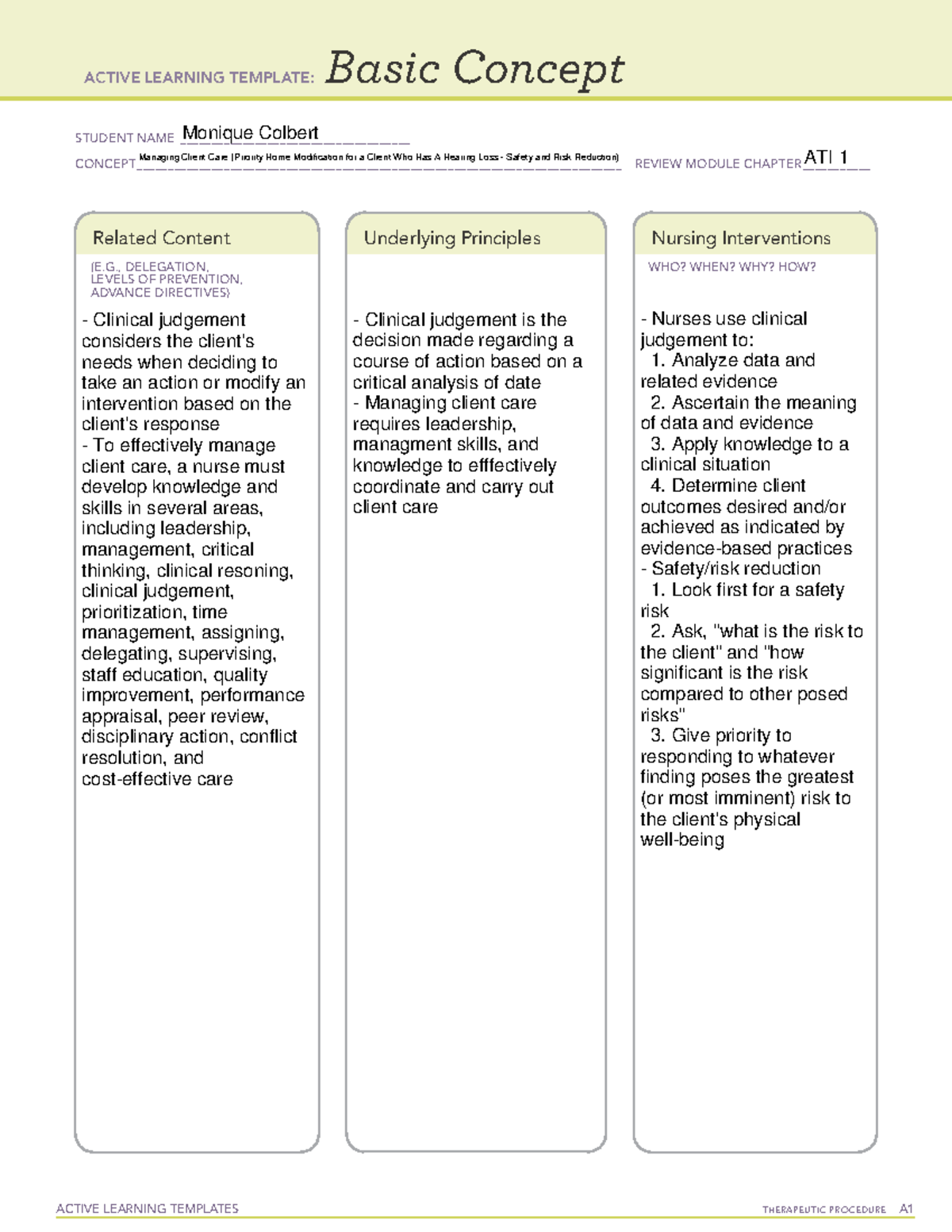More School Desegregation Orders Expected To Follow: A Legal Analysis

Table of Contents
Keywords: School desegregation, desegregation orders, school integration, legal analysis, education equality, Brown v. Board of Education, racial segregation, court cases, Supreme Court, legal precedent, affirmative action, school district, equal opportunity.
Recent legal challenges to school segregation have raised the possibility of a significant increase in school desegregation orders across the nation. This analysis examines the legal precedents supporting such orders, exploring the evolving landscape of education equality and the potential impact on school districts. The implications of more school desegregation orders are far-reaching and demand careful consideration.
The Legal Foundation of School Desegregation
Brown v. Board of Education and its Legacy
Brown v. Board of Education (1954) stands as a landmark Supreme Court case, declaring state laws establishing separate public schools for black and white students to be unconstitutional. This decision overturned the “separate but equal” doctrine established in Plessy v. Ferguson (1896), marking a pivotal moment in the fight for civil rights and education equality. The Court's unanimous ruling declared that segregation inherently instilled a sense of inferiority that negatively affected the education and personal growth of African American children.
- Key findings: Segregation is inherently unequal and violates the Equal Protection Clause of the Fourteenth Amendment.
- Lasting effects: Launched the Civil Rights Movement, spurred desegregation efforts nationwide, and fundamentally altered the legal landscape of American education.
- Limitations: The decision's implementation faced significant resistance, and achieving actual school integration proved a lengthy and challenging process. The Court did not specify enforcement mechanisms, leaving it up to lower courts and subsequent legislation.
Subsequent Supreme Court Decisions and Interpretations
Following Brown, numerous Supreme Court decisions shaped the application of desegregation orders. Swann v. Charlotte-Mecklenburg Board of Education (1971) significantly expanded the power of federal courts to enforce desegregation, allowing for remedies like busing to achieve racial balance. Subsequent cases further clarified the interpretation of “de jure” (segregation mandated by law) and “de facto” (segregation resulting from residential patterns) segregation, impacting the scope of judicial intervention.
- Cases and their significance: Swann v. Charlotte-Mecklenburg established busing as a permissible remedy; subsequent cases refined the standards for proving intentional segregation and determining appropriate remedies.
- Judicial interpretation of “de jure” and “de facto” segregation: The distinction remains critical in determining the extent to which federal courts can intervene. Cases continue to grapple with the complexities of proving intentional segregation in situations where racial disparities persist due to residential patterns.
- Impact on busing and other remedies: Busing, while effective in some instances, remains a controversial remedy. Other remedies include redrawing school attendance zones, magnet school programs, and the allocation of resources.
The Role of Federal Courts in Enforcing Desegregation
Federal courts retain significant power to issue and enforce desegregation orders. They possess the authority to monitor school districts' compliance with court-ordered desegregation plans, imposing sanctions for non-compliance, which can range from financial penalties to the appointment of a special master to oversee desegregation efforts. This judicial oversight is crucial to ensuring meaningful progress toward school integration.
- Judicial oversight: Federal judges actively monitor school districts' compliance with desegregation orders.
- Compliance monitoring: Regular reporting, audits, and site visits are common mechanisms for assessing compliance.
- Consequences of non-compliance: Non-compliance can result in fines, contempt of court citations, and other sanctions aimed at compelling school districts to fulfill their legal obligations.
Current Legal Challenges and Trends Driving Increased Desegregation Orders
Emerging Cases and Litigation Strategies
Recent lawsuits challenging school segregation practices demonstrate a resurgence in legal efforts to address racial disparities in education. These cases often utilize innovative litigation strategies, focusing on evidence of discriminatory housing policies, unequal resource allocation, and the perpetuation of segregated schooling patterns.
- Examples of successful lawsuits: Specific examples of recent successful lawsuits can be cited here, highlighting the strategies employed and their outcomes.
- Ongoing litigation: A description of key ongoing cases and their potential impact on future desegregation orders.
- Types of segregation addressed (racial, socioeconomic): Analysis of lawsuits addressing both racial and socioeconomic segregation, acknowledging the interconnected nature of these issues.
The Impact of Demographic Shifts and Residential Segregation
Residential segregation remains a significant factor contributing to school segregation. Historically segregated housing patterns often translate into racially and economically isolated schools, perpetuating inequality. Demographic shifts can exacerbate or mitigate these effects, presenting ongoing challenges for desegregation efforts.
- Correlation between housing patterns and school demographics: Detailed analysis of the link between residential segregation and school composition.
- Challenges in addressing historically segregated neighborhoods: Discussion of the difficulties of overcoming ingrained patterns of residential segregation and their impact on school integration.
The Role of Affirmative Action in School Desegregation
Affirmative action policies, aimed at addressing historical injustices and promoting diversity, play a complex role in school desegregation. These policies are frequently challenged legally, raising questions about their constitutionality and effectiveness in achieving integrated schools.
- Legal precedents related to affirmative action: Review of Supreme Court cases concerning affirmative action in education, including the arguments for and against.
- Debates surrounding its effectiveness and constitutionality: Analysis of the ongoing debate regarding the effectiveness of affirmative action policies and the legal challenges they face.
Conclusion
The legal precedents established by Brown v. Board of Education and subsequent cases, coupled with current trends in litigation and demographic shifts, suggest a potential increase in school desegregation orders. Ongoing litigation highlights the continued struggle for education equality, emphasizing the enduring relevance of Brown and the ongoing need for robust enforcement mechanisms. The complexities surrounding de facto segregation, affirmative action, and the legacy of residential segregation present significant challenges, but achieving truly integrated and equitable schools remains a paramount goal.
Call to Action: Stay informed about the unfolding legal battles surrounding school desegregation. Follow future developments in school integration and the ongoing fight for education equality. Further research into the complexities of school desegregation law is crucial to understanding the path toward achieving truly integrated and equitable schools. Understanding the implications of more school desegregation orders is vital for educators, policymakers, and concerned citizens alike.

Featured Posts
-
 Les Tuche 5 Dedicace Et Hommage
May 03, 2025
Les Tuche 5 Dedicace Et Hommage
May 03, 2025 -
 Razvitie Ekonomicheskogo Vzaimodeystviya Mezhdu Rossiey I Chekhiey
May 03, 2025
Razvitie Ekonomicheskogo Vzaimodeystviya Mezhdu Rossiey I Chekhiey
May 03, 2025 -
 Investing In Our Future The Long Term Benefits Of Childhood Mental Health Support
May 03, 2025
Investing In Our Future The Long Term Benefits Of Childhood Mental Health Support
May 03, 2025 -
 Fortnite Update Problems Chapter 6 Season 2 Release Delayed When Will Servers Return
May 03, 2025
Fortnite Update Problems Chapter 6 Season 2 Release Delayed When Will Servers Return
May 03, 2025 -
 Mental Health Care Reform Prioritizing Patient Access And Quality
May 03, 2025
Mental Health Care Reform Prioritizing Patient Access And Quality
May 03, 2025
Latest Posts
-
 Cangkang Telur Bekas Manfaatkan Secara Kreatif Untuk Pertanian Dan Peternakan
May 04, 2025
Cangkang Telur Bekas Manfaatkan Secara Kreatif Untuk Pertanian Dan Peternakan
May 04, 2025 -
 Kivinin Kabugu Yenir Mi Oence Bilmeniz Gerekenler Tam Bir Rehber
May 04, 2025
Kivinin Kabugu Yenir Mi Oence Bilmeniz Gerekenler Tam Bir Rehber
May 04, 2025 -
 Bukan Sekadar Sampah Cangkang Telur Sumber Nutrisi Untuk Tanaman Dan Hewan
May 04, 2025
Bukan Sekadar Sampah Cangkang Telur Sumber Nutrisi Untuk Tanaman Dan Hewan
May 04, 2025 -
 Kivinin Kabugu Yenir Mi Faydalari Riskleri Ve Hazirlama Yoentemleri
May 04, 2025
Kivinin Kabugu Yenir Mi Faydalari Riskleri Ve Hazirlama Yoentemleri
May 04, 2025 -
 Controversy Erupts Farages Zelenskyy Remarks Spark Outrage
May 04, 2025
Controversy Erupts Farages Zelenskyy Remarks Spark Outrage
May 04, 2025
